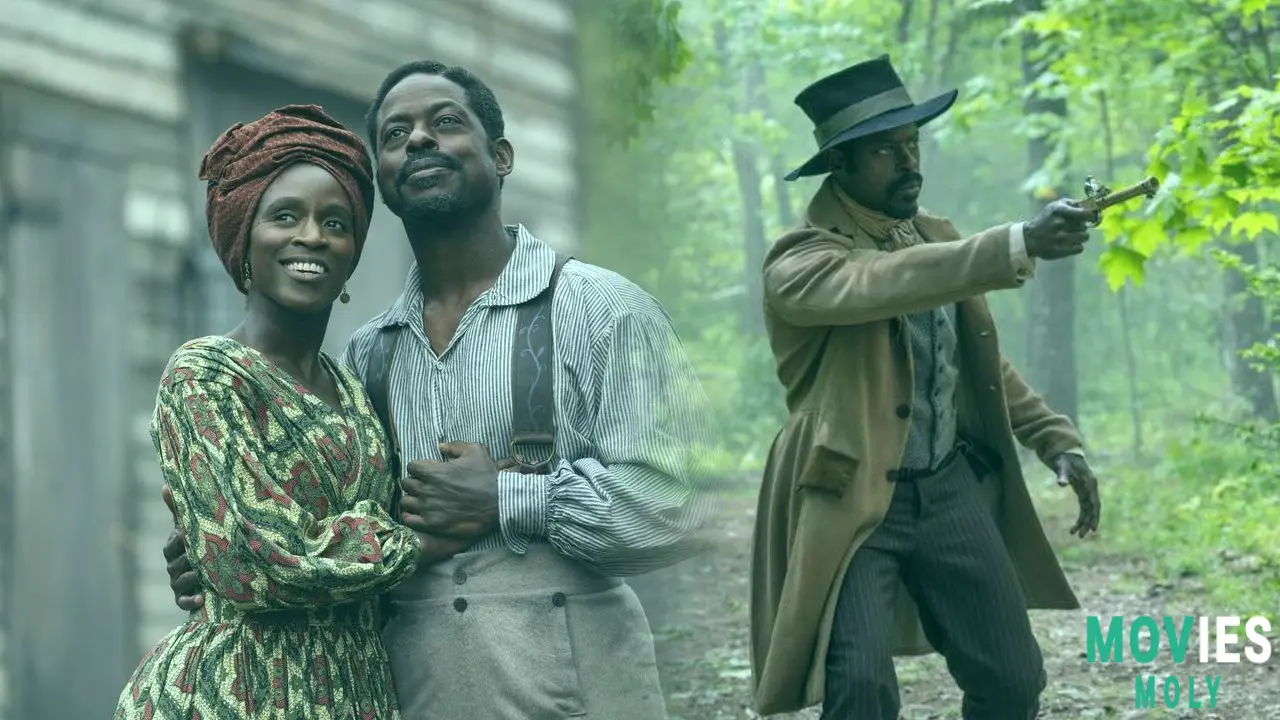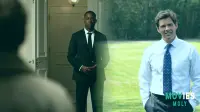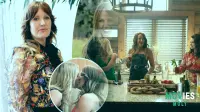Washington Black on Hulu is based on Esi Edugyan's best-selling book and takes viewers to a place where historical drama meets imaginative adventure. The eight episodes of the series follow George Washington Black, a young man who goes from being a slave on a sugar plantation in Barbados to exploring new places throughout the world. This adaption, which is also available on Disney+ around the world, gives a new look at a hard time by mixing genuine history with made-up parts.
Washington Black Series: Breaking Down the Novel Adaptation, Steampunk, and Historical SettingSelwyn Seyfu Hinds and Kimberly Ann Harrison created the series based on Edugyan's 2018 novel, although they made other choices when adapting it for the screen.
Exploring the Changes Between Novels and Series
Washington Black by Esi Edugyan is a first-person story that goes in order, although it often has a darker, more dramatic tone. The Hulu show, on the other hand, tells the story in a non-linear way, moving back and forth between young Wash's existence on the plantation and his life as an adult in Nova Scotia. This shift in structure makes both timelines feel more immediate. One big change is that the novel doesn't have Wash's facial scar anymore. Edugyan wanted it to show how he felt "double estranged" as both a slave and a damaged person. The series puts the scar on his chest, where it can't be seen.
The show also makes action and romance more exciting. Some critics say that the romantic parts of the show might be too emotional, but the production wants to end on a more hopeful and positive note than the book. At the end of the book, Wash walks into a sandstorm, and we don't know what happens to him. In the series, he and Tanna build an airship and go to Dahomey, where his mother is from, and create a community and a future.
"Washington Black" makes us think about how we see history by telling a story full of strength and human connection. A must-see. #FictionAboutHistory
The Steampunk World: Designs, Inventions, and Pictures
Washington Black has a lot of steampunk features, like the "Cloud Cutter," an experimental airship made by Christopher "Titch" Wilde. These steam-powered machines work decades before the ones we use in real life. The costumes and set design have a unique style that makes it feel like historical science fiction. The visual effects make these creations real, which makes the story feel more real. For both Wash and Titch, the Cloud Cutter stands for freedom, but it also stands for not being able to entirely escape the weight of the past.
The show is based on scientific ideas from the 1800s, such as marine life and early flight. Esi Edugyan said she was interested in how science has changed over time and in specific works like Richard Holmes's "Falling Upwards," which is about hot-air ballooning. This study puts the theoretical parts in the context of historical interest.
There are more than only the "Cloud Cutter" flying in "Washington Black." It's a story full of optimism and adventure. #WashingtonBlack #SteampunkDrama
The Historical Picture: Slavery, Freedom, and Identity
The series shows how hard life was on plantations in 19th-century Barbados, while slavery was still going on. But it does so with a focus on hope and resilience instead of trauma that never ends. Sterling K. Brown, one of the show's executive producers, said he wanted to tell a story about a young Black boy's creativity and hopefulness, changing the focus from suffering to promise.
The story looks at identity as Wash tries to find his place in a world that always makes him question it. He goes from being a slave to discovering freedom and a place to belong on his path of self-discovery. The series also talks about the abolitionist struggle and introduces historical people like Nat Turner, albeit only for a short time. The music helps set the mood and guide how people feel.
With its unique steampunk vision, "Washington Black" redefines historical drama, taking us from plantations in Barbados to expeditions in the Arctic. You have to see this! #WashingtonBlackSeries
Cast and Characters: Actors who make the story come to life
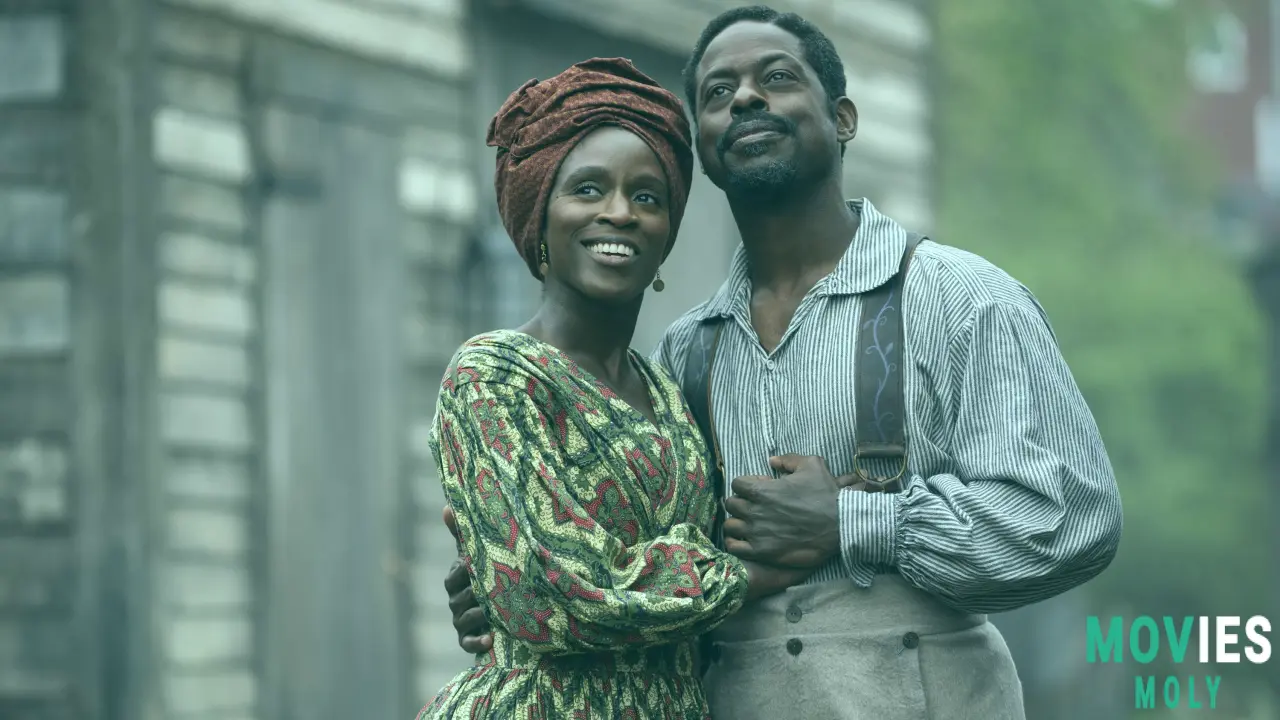
The actors in Washington Black give great performances that support the complex story.
Selwyn Seyfu Hinds and Kimberly Ann Harrison, the show's creators, wanted to produce a story that would be interesting to everyone, even though it was based on Wash's own experiences. Harrison said it was important to look into Tanna's narrative and her fight with her identity. Sterling K. Brown talked about how the project gave him a chance to tell a story about a young Black man who fully realized his potential.
In "Washington Black," Sterling K. Brown and Ernest Kingsley Jr. give powerful performances that bring Esi Edugyan's best-selling book to life. #MustSeeTV
Reception and Character Futures: Beyond the Horizon
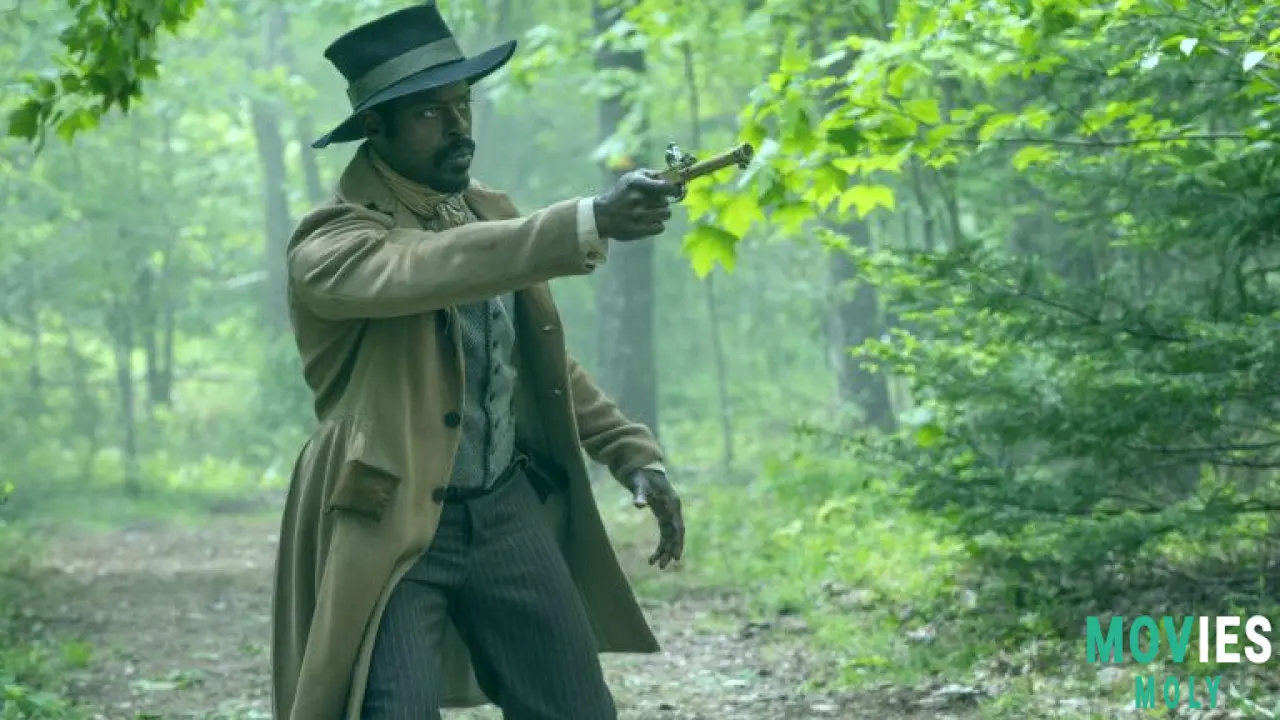
The first episode of the Washington Black series came out on Hulu in the US and Disney+ in other countries on July 23. People have talked about the show's decisions in adapting the book, especially how it has a more positive tone than the book. People have talked a lot about how beautiful it looks and how well the actors do their jobs.
The series ends with Wash and Tanna starting a new life in Dahomey, which is very different from the book's unclear ending. This ending hints to a future where Wash does well, reconnects with his mother's culture, and starts a family. The series gives a sense of completion, but it also allows room for readers to think about what will happen next for Wash and Tanna. The themes of survival and reinvention are still important, and they make viewers think about what these individuals may do outside of the screen.
"Washington Black" isn't simply a story about getting away; it's also a deep look at identity, creativity, and the never-ending search for freedom. #WashingtonBlack #Hulu
Washington Black is still reaching audiences, and its mix of historical context, speculative aspects, and great acting makes for a viewing experience that gets people talking. It shows how powerful stories can be when it comes to looking into complicated pasts and dreaming of better futures.

